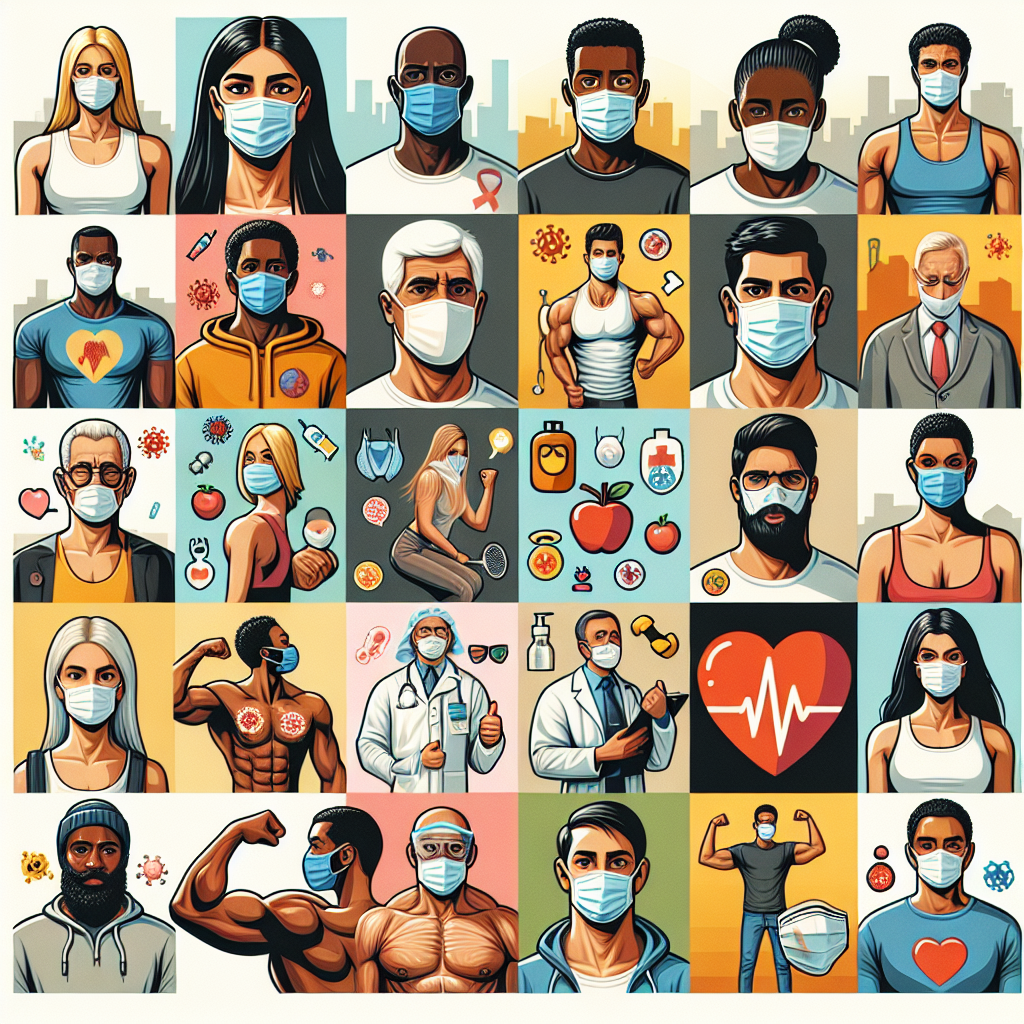Masks have been a point of focus in public health discourse since the Coronavirus pandemic started in 2019. While the use of masks in certain fields is not a new concept, the widespread mandatory use of this personal protective equipment is. The implications of mask-wearing are multifaceted, encompassing social, economic, and primarily, public health dimensions.
Health Benefits of Wearing Masks
Wearing a mask, especially in an environment where physical distancing is challenging, significantly reduces the risk of viral transmission to and from the wearer. This principle applies particularly to respiratory diseases like COVID-19 and flu, spread mainly through droplets. According to the Center for Disease Control and Prevention (CDC), masks act as simple barriers that help prevent respiratory droplets from traveling through the air and being inhaled by others when the wearers talk, cough, sneeze, or raise their voices.
Mask and Source Control
Masks are also effective for source control. This principle is especially important because asymptomatic individuals, or those in the pre-symptomatic stage, can unknowingly spread the virus. By capturing the wearer’s respiratory droplets, masks can prevent individuals from spreading the virus to others.
Types of Masks and Their Use
There are different types of masks, including cloth masks, surgical masks, and N95 respirators, each offering varying levels of protection. Cloth masks, which are reusable, offer a basic level of protection and are suitable for general public use. Surgical masks offer more protection and are mostly used in healthcare settings. N95 respirators provide the highest level of protection, filtering out at least 95% of airborne particles, and are primarily used in healthcare and industrial settings.
Masks and Community Transmission
A significant impact of widespread mask use is the reduction in community transmission. Community transmission refers to instances where the source of infection is unknown, indicating the virus is spreading in the community. By wearing masks, individuals can significantly reduce their risk of unknowingly contracting or transmitting the virus, aiding in controlling the disease’s spread within communities.
Mask Use and Economic Implications
Mask-wearing also has substantial economic implications. By effectively reducing the spread of the virus, masks help lessen the burden on healthcare resources, saving money that would otherwise be directed towards testing, contact tracing, quarantining, and treating affected individuals. Furthermore, by reducing community transmission and the number of severe cases, masks can help economies return to normal more quickly, preventing prolonged closures.
Opposition to Mask-Wearing
Despite clear evidence demonstrating the benefits of wearing masks, a segment of the population opposes this preventive measure, citing reasons ranging from discomfort to the perceived infringement on personal freedoms. Education and awareness are key in addressing such resistance and ensuring widespread mask use for public health safety.
Conclusion
Masks have undeniably had a profound impact on public health, especially in the case of the ongoing COVID-19 pandemic. By serving as a barrier against respiratory droplets, they provide an effective means of source control, protecting both the wearer and others around them from infection. However, it’s paramount that mask-wearing is accompanied by other preventive measures, such as washing hands frequently and maintaining physical distance, for a wholesome approach towards public health safety.
Frequently Asked Questions
- Can wearing a mask replace physical distancing and hand hygiene?
No, wearing a mask should not replace physical distancing and hand hygiene. They should be used in combination to ensure maximal protection. - Why is it necessary to wear masks when asymptomatic?
People who are asymptomatic can still transmit the virus to others. Wearing masks provides source control by capturing the respiratory droplets of the wearer. - Who should not wear masks?
According to CDC guidelines, masks should not be worn by children under the age of 2, anyone who has trouble breathing, or anyone who is unconscious, incapacitated, or otherwise unable to remove the mask without assistance. - What are the types of masks, and when should each be used?
There are three main types of masks: cloth masks, surgical masks, and N95 respirators. Cloth masks are suitable for general public use, surgical masks are mostly used in healthcare settings, while N95 respirators are primarily used in healthcare and industrial environments.
- Is there an economic advantage to wearing masks?
Yes, by reducing the spread of the virus, masks help lessen the burden on healthcare resources and can help economies recover more quickly from potential closures due to outbreaks.

